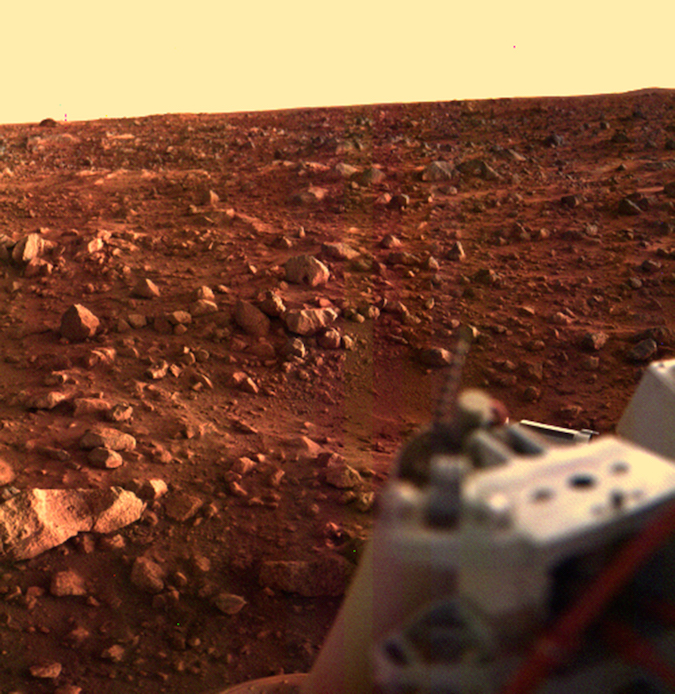It’s now been 40 years since NASA’s Viking probe 1 showed us our first view of Mars’ surface. We’re proud that our reports have contributed to the ongoing agenda for the exploration and search for life on Mars. Here’s a look back at how the National Academies of Sciences, Engineering, and Medicine have informed Mars exploration initiatives through the years.
An Astrobiology Strategy for the Exploration of Mars
Three recent developments have greatly increased interest in the search for life on Mars. The first is new information about the Martian environment including evidence of a watery past and the possibility of atmospheric methane. The second is the possibility of microbial viability on Mars. …
Review of the MEPAG Report on Mars Special Regions
Planetary protection is a guiding principle in the design of an interplanetary mission, aiming to prevent biological contamination of both the target celestial body and the Earth. The protection of high-priority science goals, the search for life and the understanding of the Martian organic …
Preventing the Forward Contamination of Mars
Recent spacecraft and robotic probes to Mars have yielded data that are changing our understanding significantly about the possibility of existing or past life on that planet. Coupled with advances in biology and life-detection techniques, these developments place increasing importance on the need …
Biology and the Exploration of Mars
Until recent years the origin of life and its possible occurrence elsewhere in the universe have been matters for speculation only. The rapid growth of molecular biology since 1940 has, to be sure, made it possible to discuss life’s origins in far more precise and explicit terms than was …
Assessment of Mars Science and Mission Priorities
Within the Office of Space Science of the National Aeronautics and Space Administration (NASA) special importance is attached to exploration of the planet Mars, because it is the most like Earth of the planets in the solar system and the place where the first detection of extraterrestrial life …
Assessment of NASA’s Mars Architecture 2007-2016
The United States and the former Soviet Union have sent spacecraft to mars as early as 1966, with Mars’ exploration being priority for NASA spacecraft. Both sides, however, have failed as well as succeed. The inability to determine if life exists on Mars is considered one of NASA’s failures and …
Safe on Mars: Precursor Measurements Necessary to Support Human Operations on the Martian Surface
This study, commissioned by the National Aeronautics and Space Administration (NASA), examines the role of robotic exploration missions in assessing the risks to the first human missions to Mars. Only those hazards arising from exposure to environmental, chemical, and biological agents on the …








